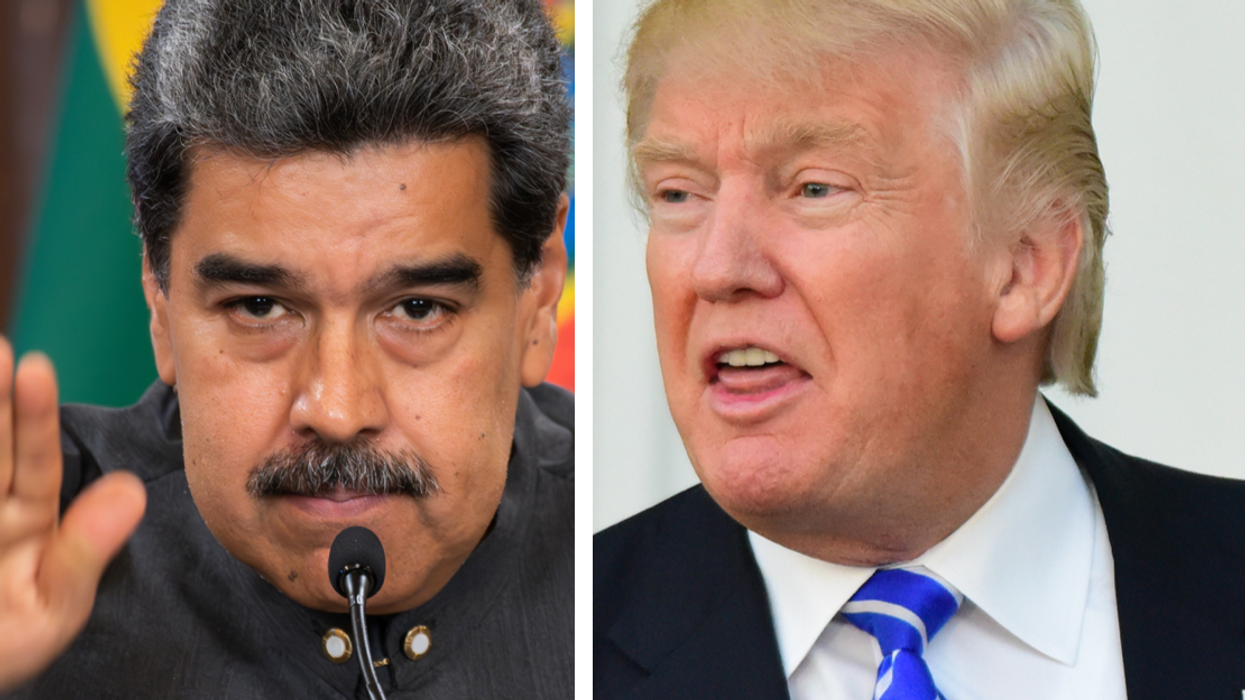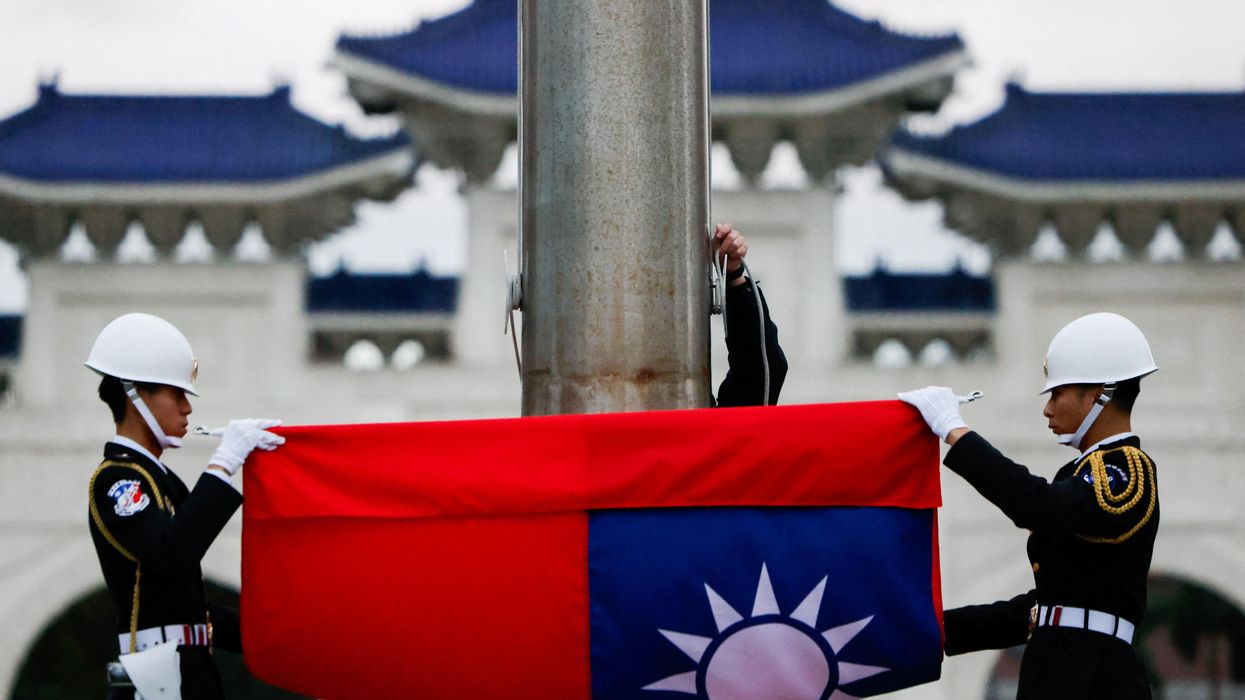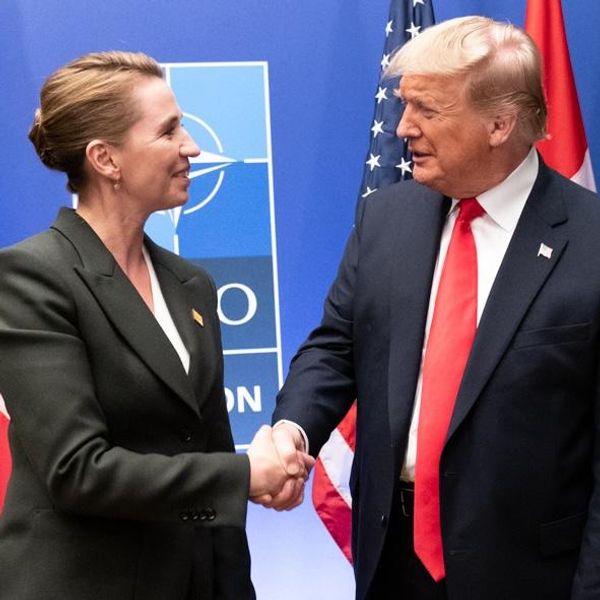In the 20 years since 9/11 and the start of the “Global War on Terror,” sanctions have become one of the most dominant tools in the U.S. foreign policy tool chest. Yet despite limited evidence of success and abundant evidence of serious consequences, the U.S government does little to evaluate the impact these blunt instruments have on civilian populations or even on U.S. foreign policy objectives. Congress has a chance to change that.
With the Biden administration reportedly set to release its policy review of U.S. sanctions this week, Congress has an opportunity to play an important complementary role in ensuring that policymakers in both branches of government have the information they need to implement a more constructive, thoughtful and evidence-based approach to sanctions moving forward. An amendment to the FY2022 National Defense Authorization Act detailing that role, offered by Rep. Chuy García (D-Ill.) and passed by the House of Representatives in September, will likely become law if a conference committee decides to retain it in the NDAA’s final version. A coalition of humanitarian, peacebuilding, human rights, and other civil society groups have been advocating for impact assessments for years and are now calling on the conference chairs to retain the provision.
The amendment would require the Government Accountability Office, in consultation with the president and other relevant agencies, to report to Congress on the humanitarian impacts of comprehensive U.S. sanctions, including the ability of civilian populations to access water, food, sanitation, and public health, and their impact on the delivery of humanitarian aid and development projects. It would also require more transparency around exemption procedures for humanitarian aid and other exceptions to sanctions as well as an assessment of whether sanctions are achieving stated foreign policy goals.
Until now, only independent assessments have shed light on the true impacts of U.S. sanctions. Human Rights Watch has documented how sanctions have been depriving Iranians of their right to health, deterring financial institutions from facilitating transactions in Iran necessary for importing medicine and medical equipment, and necessary for international NGOs to pay their staff and keep their operations afloat.
Korea Peace Now, a global movement of women mobilizing to end the Korean War, has documented the gendered impacts of sanctions on North Korea, showing that the economic pressure sanctions impose on society “tends to exacerbate rates of domestic violence, sexual violence, and the trafficking and prostitution of women.”
Most recently, the Taliban’s rise to power in Afghanistan brought the consequences of sanctions into the international spotlight as humanitarian, human rights, and peacebuilding programs were forced to pause their operations while seeking clarity on what activities are still permissible now that the de facto government is a sanctioned entity. While two general licenses issued late last month by Treasury’s Office of Foreign Assets Control have created broad allowances for humanitarian activities, essential programs to protect women’s rights and advance sustainable peace remain unprotected.
Particularly concerning is the wide gap between the academic consensus on sanctions and the political reliance on these tools. Empirical studies have shown repeatedly that — with few exceptions — sanctions rarely achieve their foreign policy objectives. Sanctions against North Korea failed to prevent it from advancing its nuclear weapons program, while serving its government as a rallying cry against the United States. Sanctions against Iran have yet to compel it to return to the nuclear agreement, unsurprisingly given that the sanctions were reimposed in violation of that accord.
With the widespread and almost reflexive use of sanctions by the administration and Congress, there is a dangerous lack of accountability when it comes to understanding the impacts of these measures. This begs the question — why is the U.S. government quick to put sanctions in place but reluctant to evaluate their impact? While the consequences and failures of sanctions are well established, civil society groups and journalists detailing their harmful impacts isn’t the same as the U.S. government taking responsibility for those impacts and failures and altering its policies accordingly. Requiring impact assessments and analysis is a critical step towards the shouldering of that responsibility.
A recent Ipsos poll commissioned by the American Friends Service Committee found that a majority of Americans (53 percent) agreed the United States should lift sanctions if they interfere with humanitarian aid and COVID relief efforts (compared to 26 percent who disagreed and 21 percent who didn’t know). It also found that a plurality (49 percent) agreed the United States should lift sanctions if they damage economic activity and livelihoods of ordinary citizens (28 percent disagreed and 23 percent didn’t know); and 48 percent agreed the United States should lift sanctions if they violate international legal principles (30 percent disagreed and 22 percent didn’t know).
While these figures show that a plurality of Americans are concerned with the consequences of sanctions, the poll’s arguably more telling finding was that in responding to each of these questions, more than 20 percent of those polled said they “don’t know.” Rep. García’s amendment can help inform both the public and policymakers about the true impacts of sanctions.
Requiring the administration to report to Congress on the impacts of sanctions gets to the heart of a fundamental flaw in U.S. foreign policy — the frequent and overly broad application of sanctions with little to no accountability or critical assessment of their costs and benefits. Congress should exercise its authority to fix that flaw.
















